If you have a feline friend, you may be wondering whether you can grow plants indoors and still keep them safe from harm. You can indeed grow indoors if you have a cat, but it can be important to choose cat safe plants.
Keeping Cats Safe When Growing Plants Indoors

Selecting indoor plants that are safe for cats is crucial for maintaining the well-being of both your plants and your feline companion. It's distressing to worry that the plants in your home might not be safe for your cat and to fear potential harm.
While some cats show no interest in houseplants, others may be more curious and inclined to nibble on them. Therefore, it's essential to ensure that any plants within your cat's reach are non-toxic.
Luckily, there are many cat-friendly plants to choose from.
Cat Safe Plants to Grow Indoors
There are many cat safe plants that you might grow inside your home, including edibles like fruits, vegetables and herbs, and ornamental houseplants. Some cat safe plant options in each of these categories are given below:
Cat Safe Fruits and Vegetables to Grow Indoors

Fruits and vegetables whose plants and yields are safe for cats include:
- Apples (dwarf trees grown in containers can be grown indoors).
- Blueberries(perfect for pots filled with acidic growing medium).
- Carrots(grow in well-drained growing medium or wicking beds with plenty of light).
- Lettuce (extremely easy for beginners to grow indoors in a range of different ways).
- Melon(grows well as long as there is plenty of light, and support as needed).
- Peas(grow for peas/pods or shoots, in a range of growing systems).
- Spinach(more leafy greens perfect for hydroponic or aquaponic systems or traditional container gardens).
- Strawberries(easy to grow in pots or other containers, or hydroponically).
Cat Safe Herbs to Grow Indoors
Some cat safe herbs that can be grown indoors include:
- Basil
- Cilantro/ Coriander
- Lemon balm
- Lemongrass
- Parsley
- Peppermint
- Rosemary
- Thymes
Cat Safe Houseplants
Adiantum raddianum – Maidenhair Fern
Maidenhair fern (Adiantum raddianum) is one of several fern varieties safe for cats. This popular indoor plant can be a bit finicky, so it's essential to position it carefully and provide appropriate care.
Aspidistra elatior - Cast Iron Plant
The cast iron plant (Aspidistra elatior) is notably easy to care for, making it perfect for beginners. It is relatively unfussy, requires minimal watering, and thrives out of direct sunlight, making it a low-maintenance, cat-friendly option.
Calathea orbifolia – Prayer Plant
The prayer plant (Calathea orbifolia) is safe for cats and known for its beautiful striped leaves that fold up at night. It thrives in bright, indirect light and a humid environment.
Calathea sanderiana – Pin Stripe Plant
This plant, known for its striking green leaves with pale stripes and purple undersides, prefers warm spots with bright, indirect light. It should be watered regularly when the top few centimeters of soil are dry and misted in low humidity to thrive in a cat-friendly home.
Ceropegia woodii – String of Hearts
The string of hearts (Ceropegia woodii) features heart-shaped foliage on long, trailing stems that look great in raised containers or hanging baskets. It prefers a bright location out of direct sunlight.
Chamaedorea elegans – Parlour Palm
The parlor palm (Chamaedorea elegans) is a low-maintenance, cat-friendly houseplant. It adds height and impact to any room and is tolerant of some neglect, needing water when the potting mix dries out in summer.
Chlorophytum comosum – Spider Plant
Spider plants (Chlorophytum comosum) are popular for their ease of growth and adaptability to various conditions. They are also non-toxic to cats and can thrive even with minimal care.
Haworthia fasciata – Zebra Plant
The zebra plant (Haworthia fasciata) resembles Aloe vera but is safe for cats. Its striped leaves are striking, and it is a low-maintenance option as long as it's correctly identified.
Howea forsteriana – Kentia Palm
The Kentia palm (Howea forsteriana), a Victorian favorite, is safe for cats and does well in bright, indirect light. It adds height to a room and should be kept moist but not waterlogged.
Musa acuminata 'Dwarf Cavendish' – Banana Plant
The dwarf banana plant (Musa acuminata 'Dwarf Cavendish') makes a bold statement with its large leaves. This cat-friendly plant requires plenty of light and a consistently moist growing medium.
Nephrolepis exaltata – Boston Fern
Boston ferns (Nephrolepis exaltata) are excellent air purifiers and safe for cats. They are less demanding than maidenhair ferns but still need a warm location, moist soil, and high humidity.
Pachira aquatica – Money Tree
The money tree (Pachira aquatica) stores water in its trunk, making it easy to care for with good drainage and moderate watering. It is a popular, cat-safe plant suitable for bright spots out of direct sunlight.
Phalaenopsis – Moth Orchids
Moth orchids (Phalaenopsis) are easy to grow and cat-friendly. These exotic blooms do well in humid rooms and are a favorite for indoor cultivation.
Peperomia argyreia – Watermelon Peperomia
Watermelon peperomia (Peperomia argyreia) has attractive, watermelon-like markings on its round leaves. It thrives in bright, indirect light and needs misting every few days. Other Peperomia are also cat-friendly plants.
Pilea peperomioides – Chinese Money Plant
The Chinese money plant (Pilea peperomioides), also known as the pancake plant, is easy to care for with its round leaves. It does well in bright light and requires watering only when the soil is dry.
And some other suggestions safe for cats include:
- Bromeliads
- Christmas cactus (Schlumbergera)
- Coconut palm
- Lipstick plant (Aeschynanthus Japhrolepsis)
- Wax Plant (Hoya)
Cat-Friendly Cut Flowers for Floral Displays
For cut flowers in your home, some options that will be perfectly safe for your cats include:
- Astilbe
- Celosia
- Freesia
- Gerbera
- Roses
- Snapdragons
- Stock
- Sunflowers
- Veronica
- Zinnia
Again, these are just a few examples of flowers that are not toxic for cats.
Other Cat-Friendly Plants
Some other plants are not only safe but also provide something beneficial for your feline friends. For example:
Cat Grass

Growing grasses for your cat indoors can help prevent them from chewing on or damaging other plants. It can keep them entertained and enrich their environment – especially if they do not get to go outside for longer periods of time, or are indoors cats.
Some grasses or grass-like plants to grow include oats, barley, rye, wheatgrass or fescues, for example. These are all safe for cats and give them some nutritious greens to nibble on.
Catnip

Catnip acts as an olfactory stimulant, triggering a euphoric response in some adult cats when they inhale its scent. Consuming catnip stems, leaves, or flowers, either fresh or dried, can have a calming effect on cats, helping them relax and sleep.
Growing some inside your home could also make it a more cat-friendly space.
Silver Vine

Chewing on silver vine (Actinidia polygama) aids in maintaining feline dental health by helping to remove tartar from their teeth, which is one reason to consider growing it. However, be cautious with the plant’s stem, as it can pose a choking risk for your cat.
What Not To Grow – Some Common Plants Toxic to Cats

Some of the edible plants we grow for ourselves grow on plants which have other parts that are poisonous, others produce yields that can be dangerous for cats. To give a few examples:
- Tomatoes, potatoes, peppers, eggplants etc. are in the deadly nightshade family. Their foliage etc. contains solanine and this can be toxic to people and pets.
- Plants in the onion family (onions, garlic, chives, leeks) can cause serious problems in cats if ingested.
- Grapes might be fine for us to eat but they can cause sudden kidney failure in cats.
- Citrus trees contain essential oils toxic to cats.
- Avocado leaves, bark, fruits, and seeds can be toxic to cats due to variable quantities of a compound called that is called persin.
Some houseplants that are highly toxic to cats include:
- Cycas revolute
- Sago palm
- Zamia
- Fern Palm
And you should exercise caution with many others including popular houseplants such as:
- Agave
- Aloe vera
- Asparagus fern
- Begonias
- Caladium
- Calla lilies
- Coleus
- Ficus benjamina
- Jade plant
- Monstera
- Peace lily
- Poinsettia
- Pothos
- Yucca
- ZZ Plant
Some common flowers toxic or potentially toxic to cats include:
- Lilies
- Iris
- Daffodils
- Tulips
- Foxgloves
- Chrysanthemums
- Sweet peas
- Delphiniums
- Gladiolus
- Peonies
These are just a few examples, and it is always a good idea to research any plant that you wish to grow to check that it will not pose a risk to pets or other people in your care.
Other Considerations for a Cat-Friendly Indoor Garden
Having cats that nibble or rip plants can be frustrating at times if you are a keen home grower. But by choosing the right plants you can often keep them contented while keeping your other precious plants safe.
Note that even using cat safe plants, and cat-friendly plants to distract and entertain them, you may need to use hanging containers, or place plants behind barriers, in tented areas, or high up where cats cannot reach them to keep them from being knocked over, or damaged by little teeth or claws.
There are also some other safety considerations over and above concerns over plant toxicity.
For example, you must always ensure that you garden organically, inside or outside your home. Synthetic herbicides, pesticides and fertilizers are not only damaging for our planet, and wildlife, they can also pose a risk to people and pets.
Even organic options are not necessarily entirely safe, even when they are more eco-friendly they can pose a risk to pets, and should only ever be viewed as the nuclear option or a very last resort.
Mulches occasionally used for plants in pots, like coffee grounds, can sometimes repel cats, but sometimes attract them. If cats show an interest in coffee grounds do not use them, as they can be toxic to your pet. Be careful what you put in your compost if you make your own to use in potting mixes.
In hydroponic or aquaponic systems, make sure cats cannot access areas where there is risk of falling in and not being able to get out of water. Obviously, you will need barriers to keep cats away from the fish in any aquaponic system.
Avoid placement of heavy items near edges or where they might be knocked off or fall onto your pets, and other items that might accidentally cause harm in the wrong spot.
Remember, all cats are different, with their own quirks and personalities. Some will be nightmares for home growers while with others, you will be able to grow anything without worrying that they might eat or be harmed by a plant that you grow.
Mostly, keeping your cat or other pets safe is common sense. Exercise common sense and you should be able to keep your feline friend happy and healthy at all times, no matter what you choose to grow and how you choose to grow it within your home.

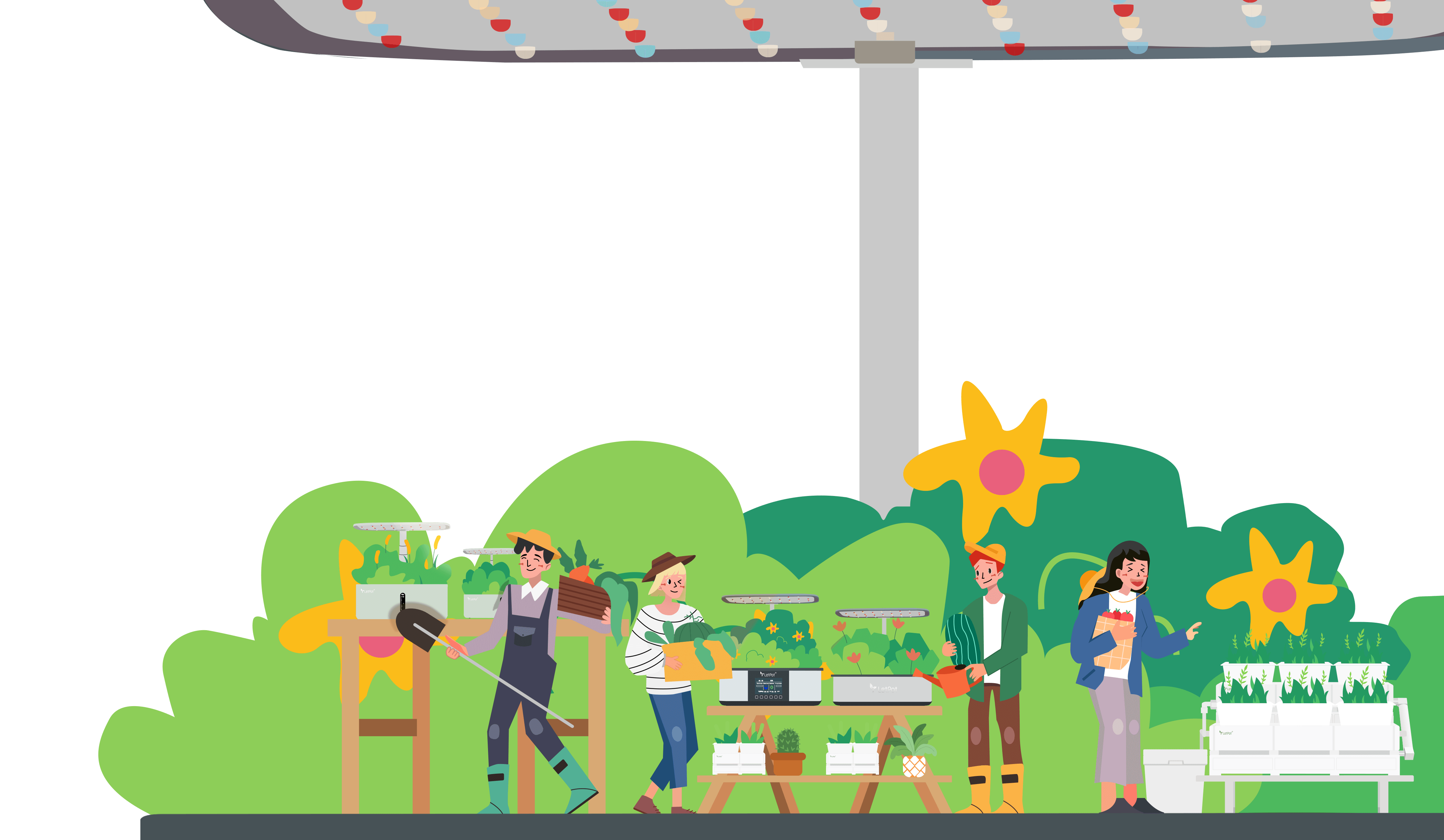


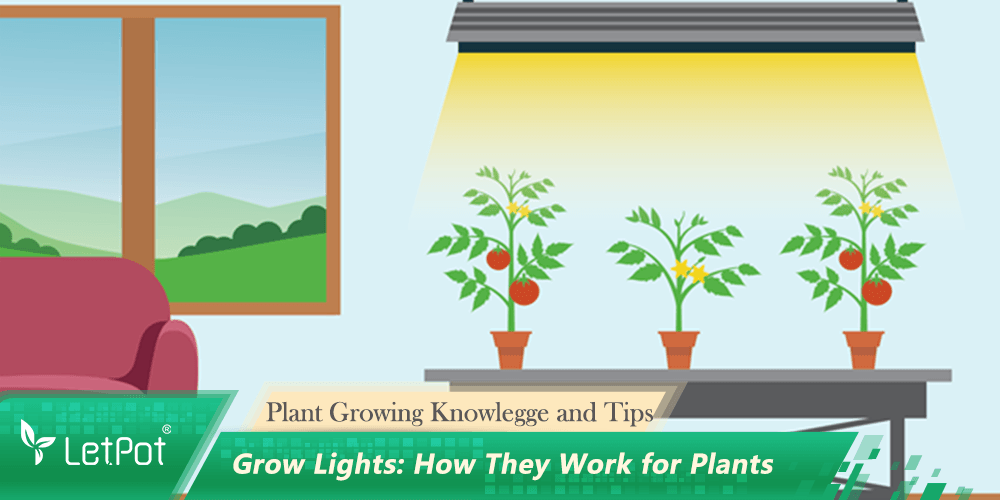
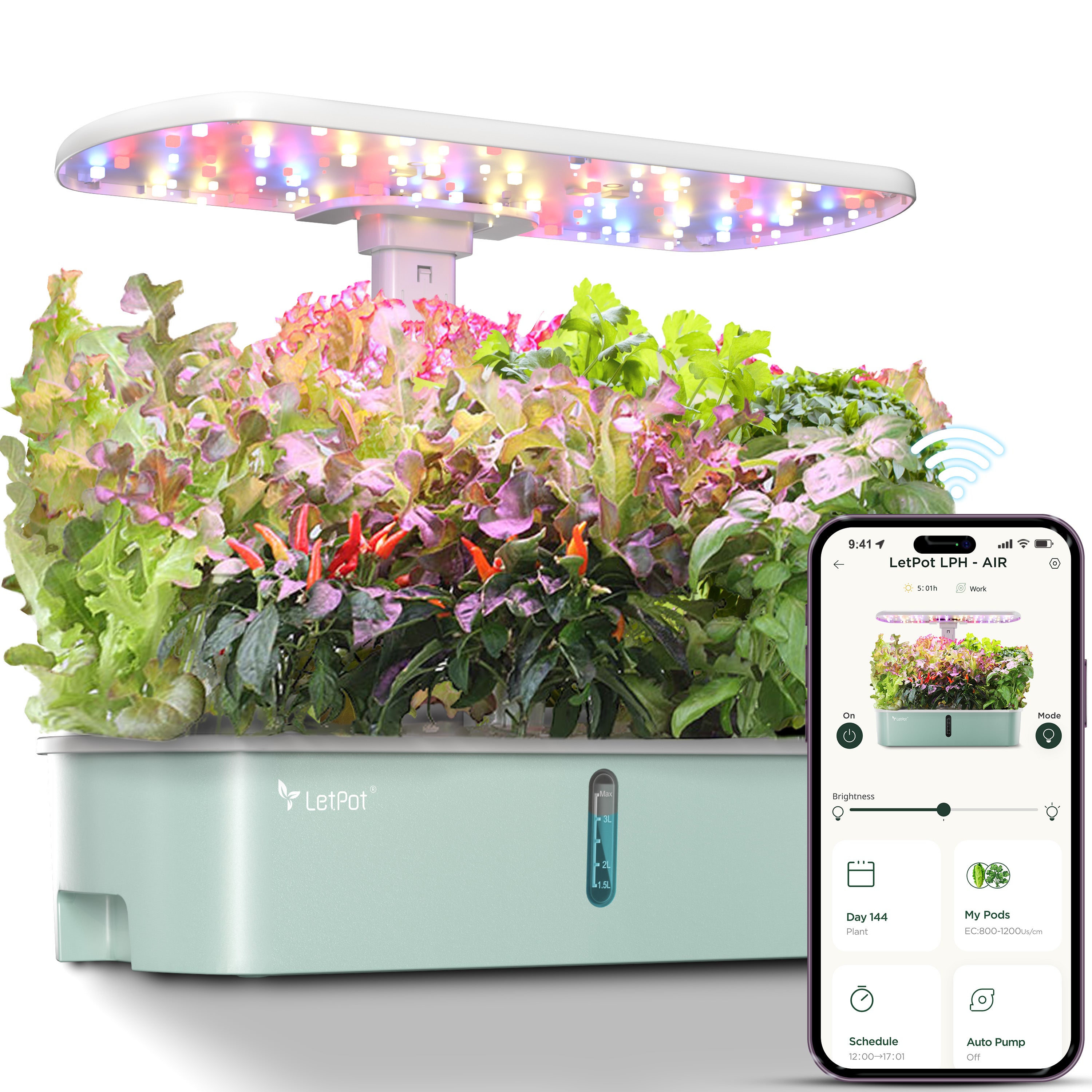
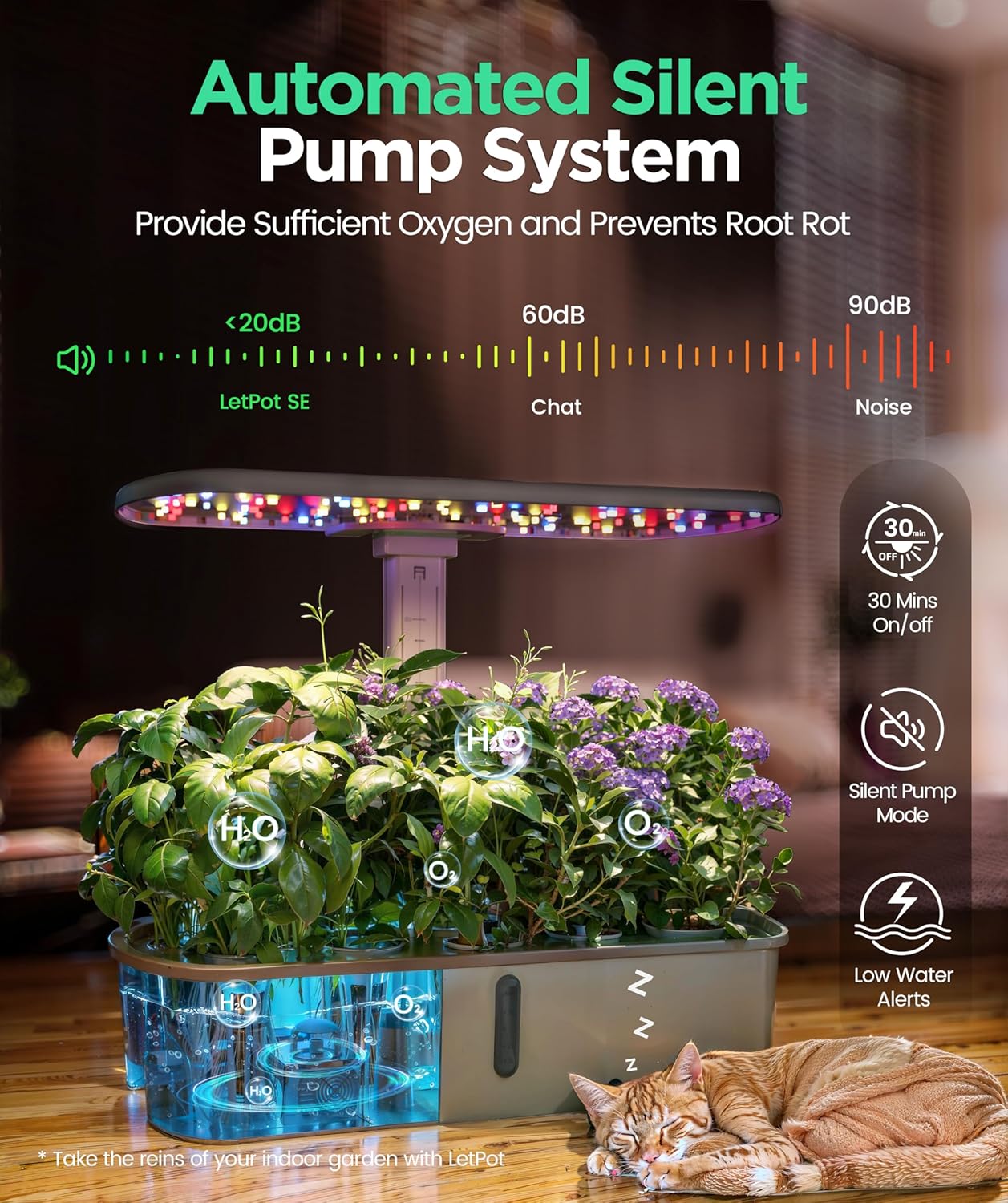
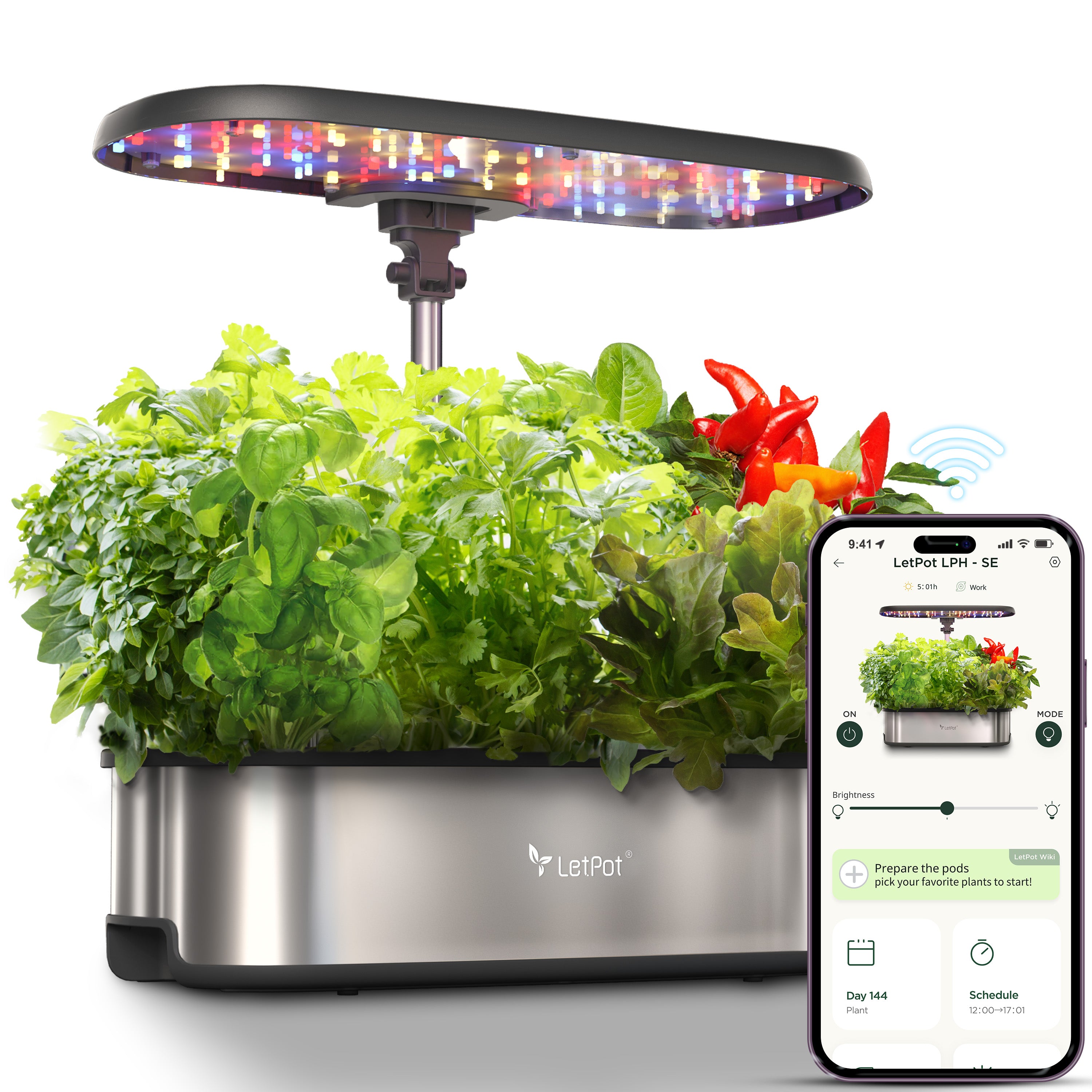
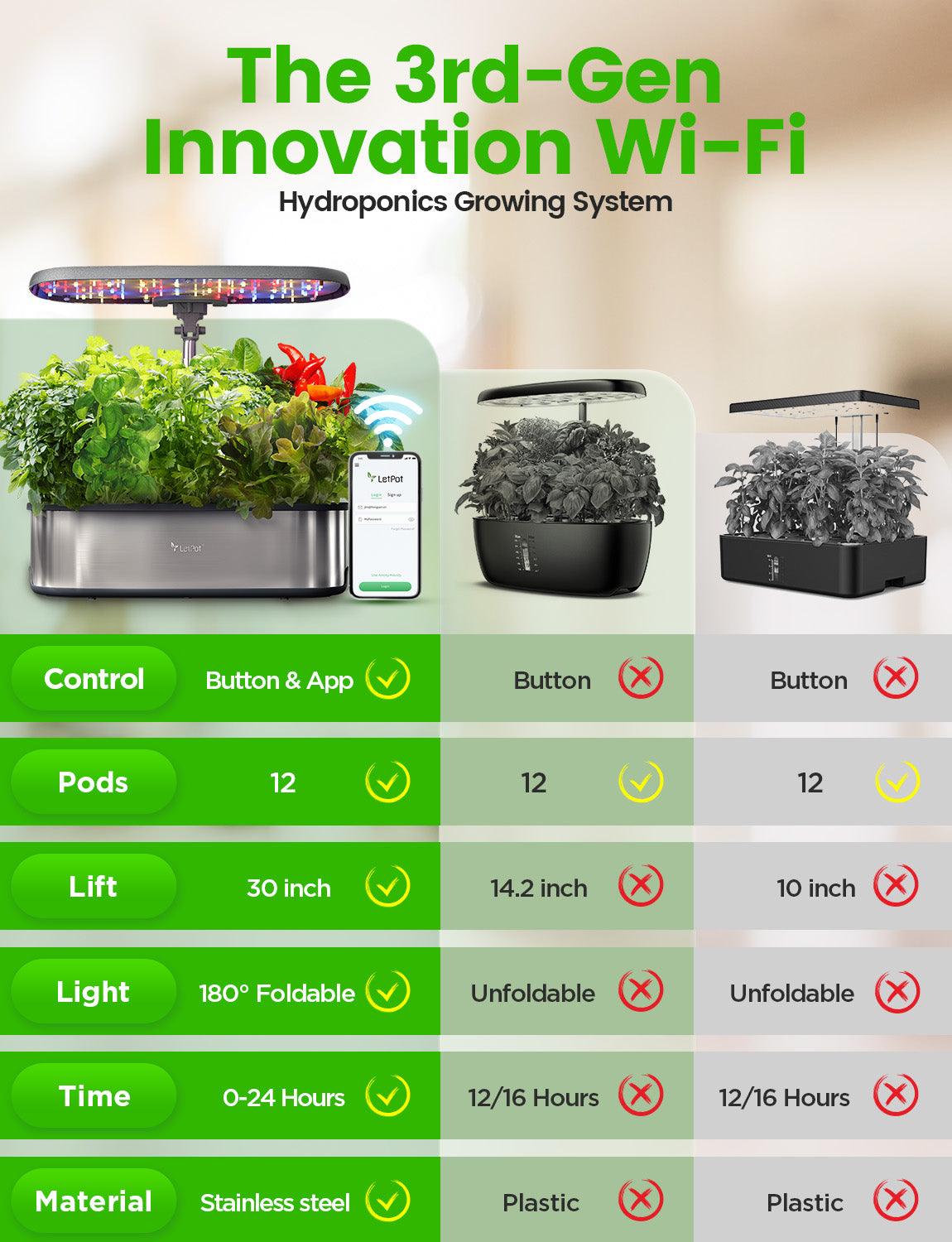

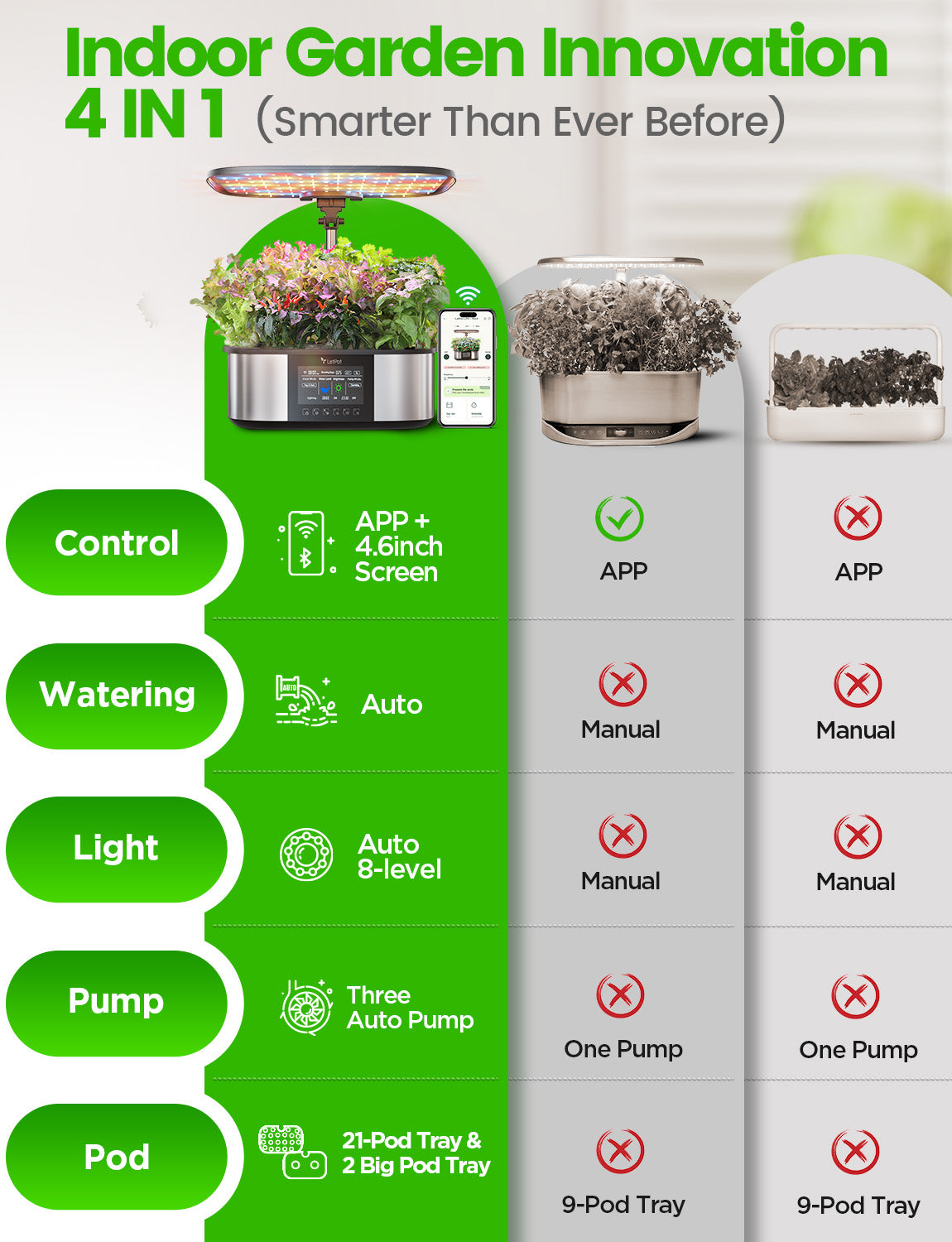
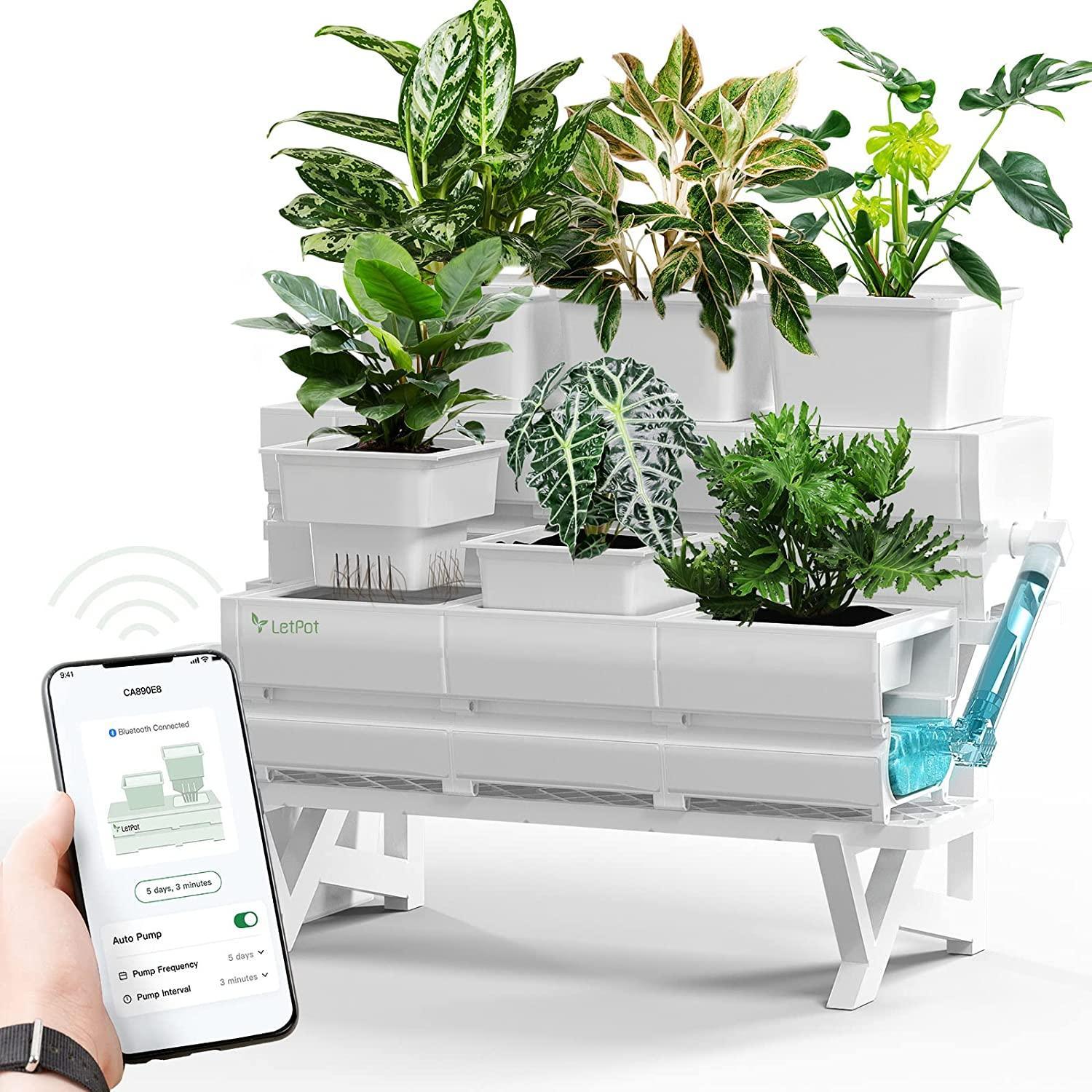
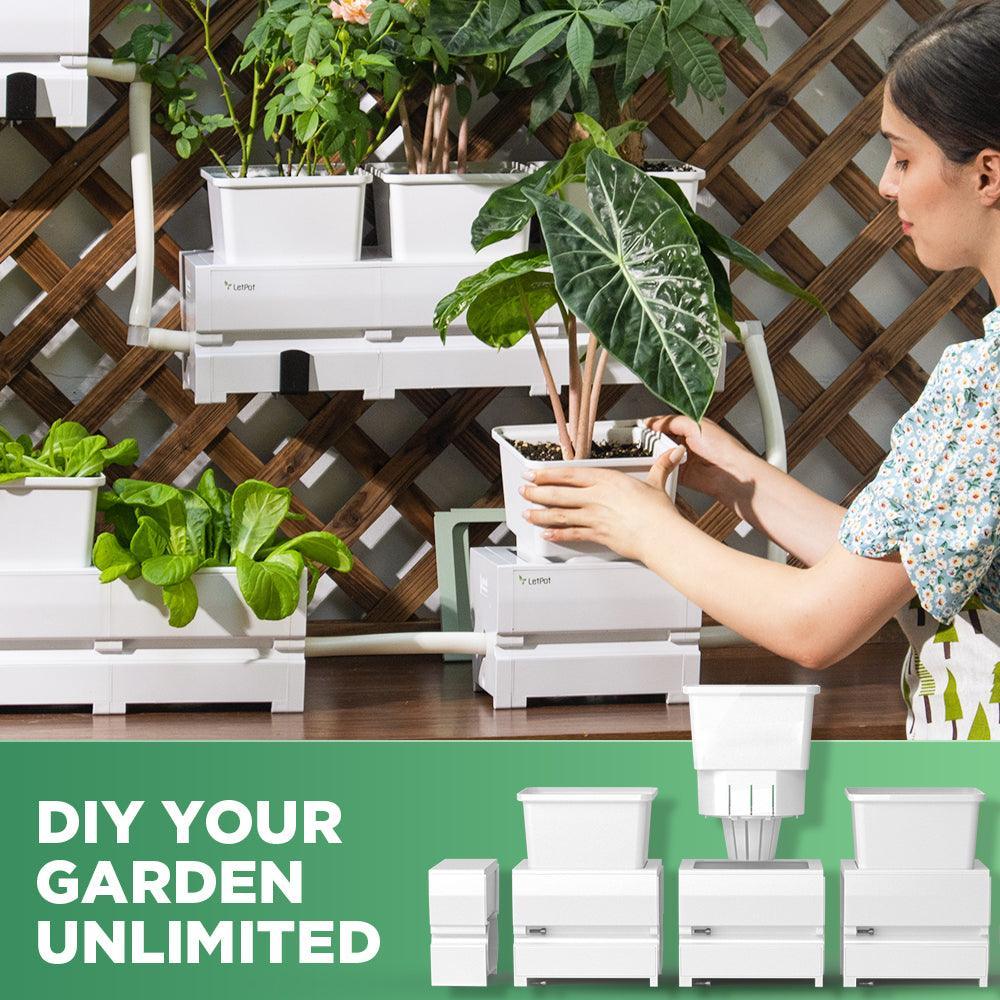
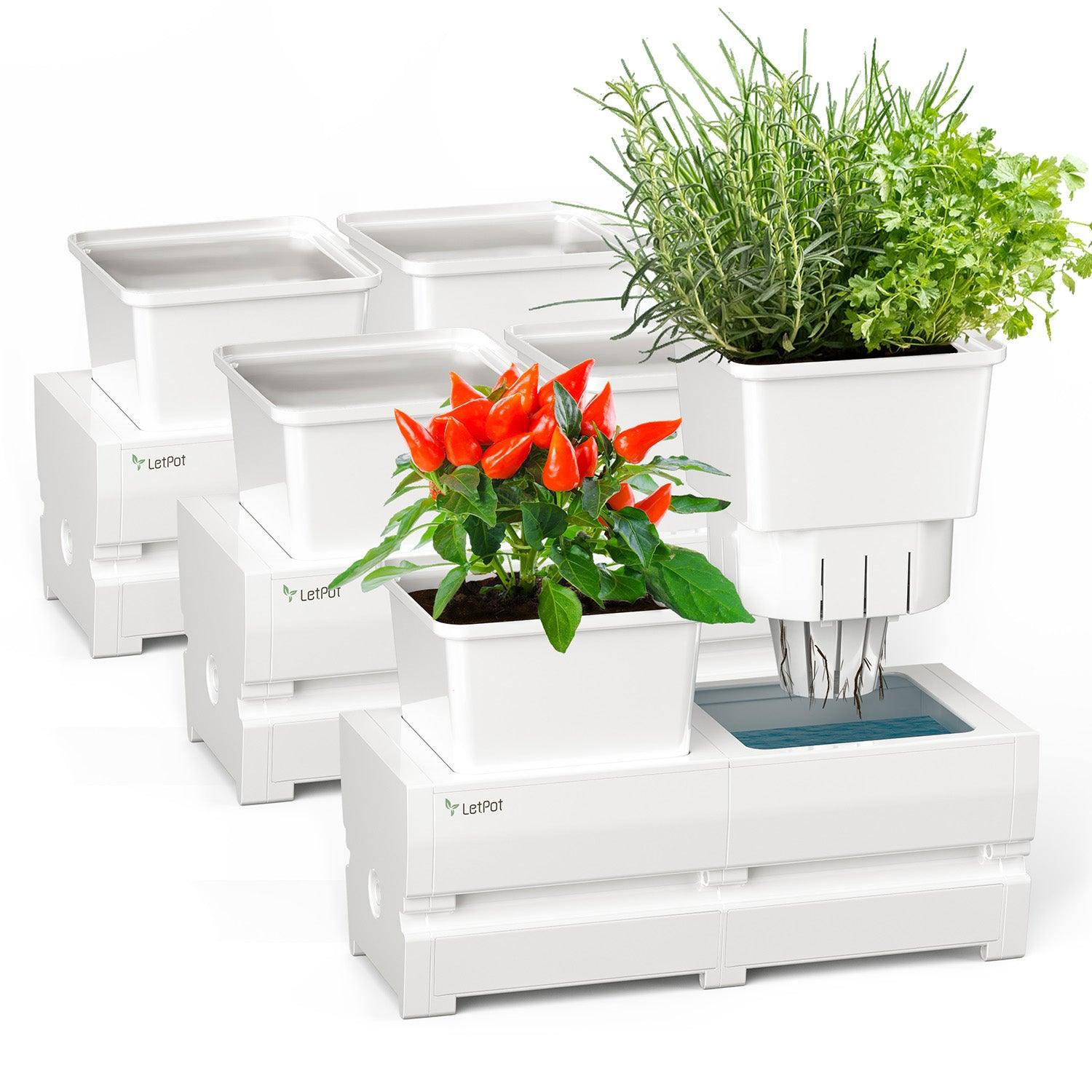
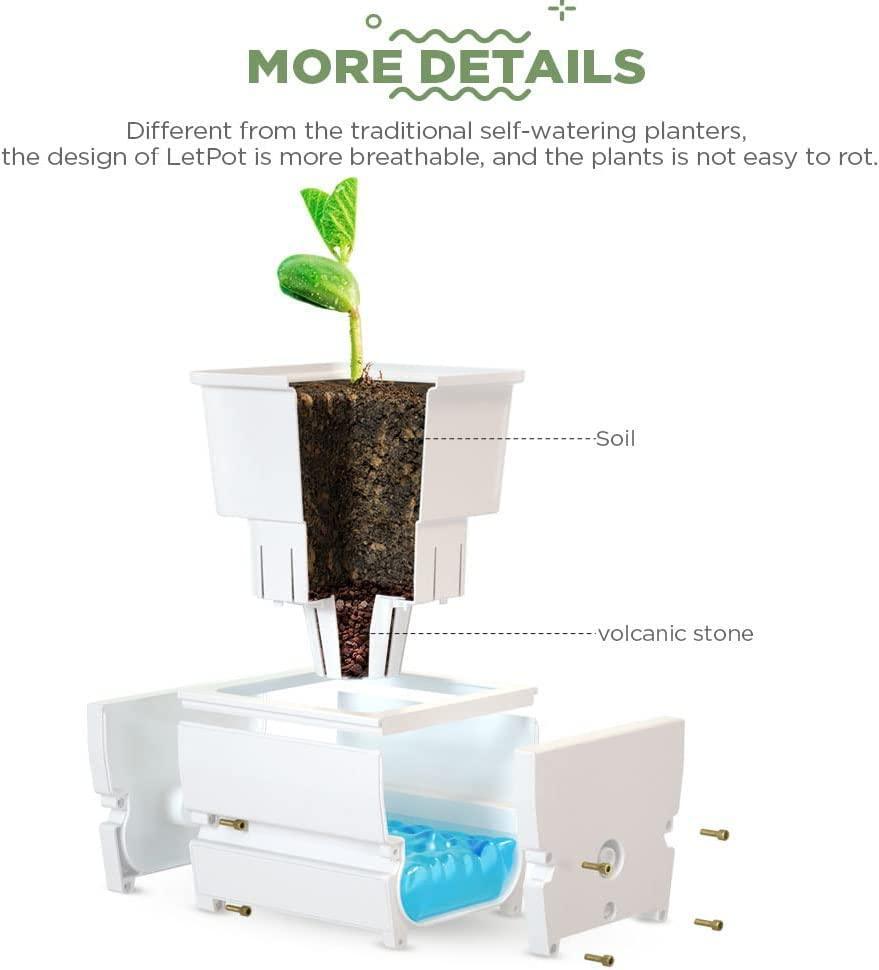
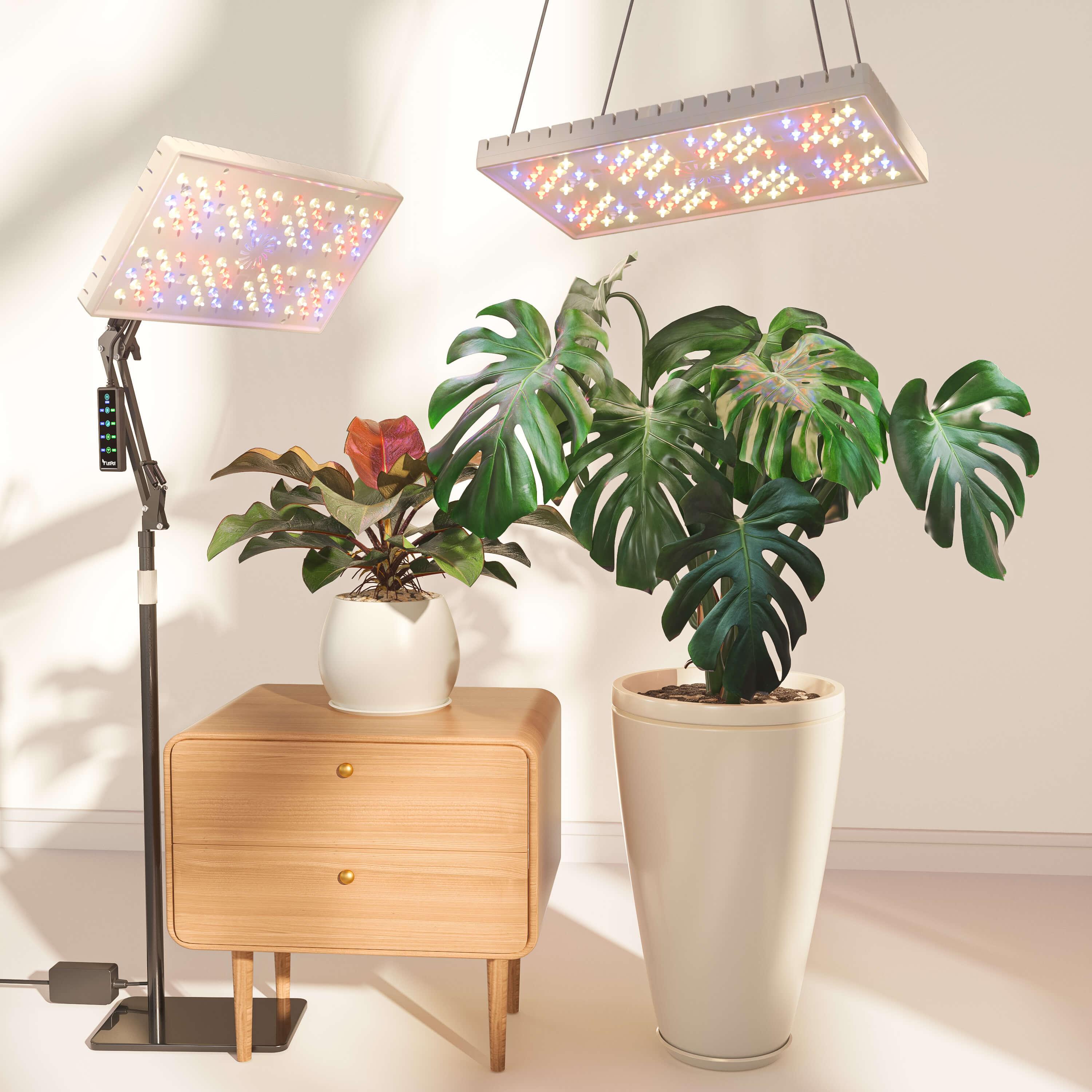

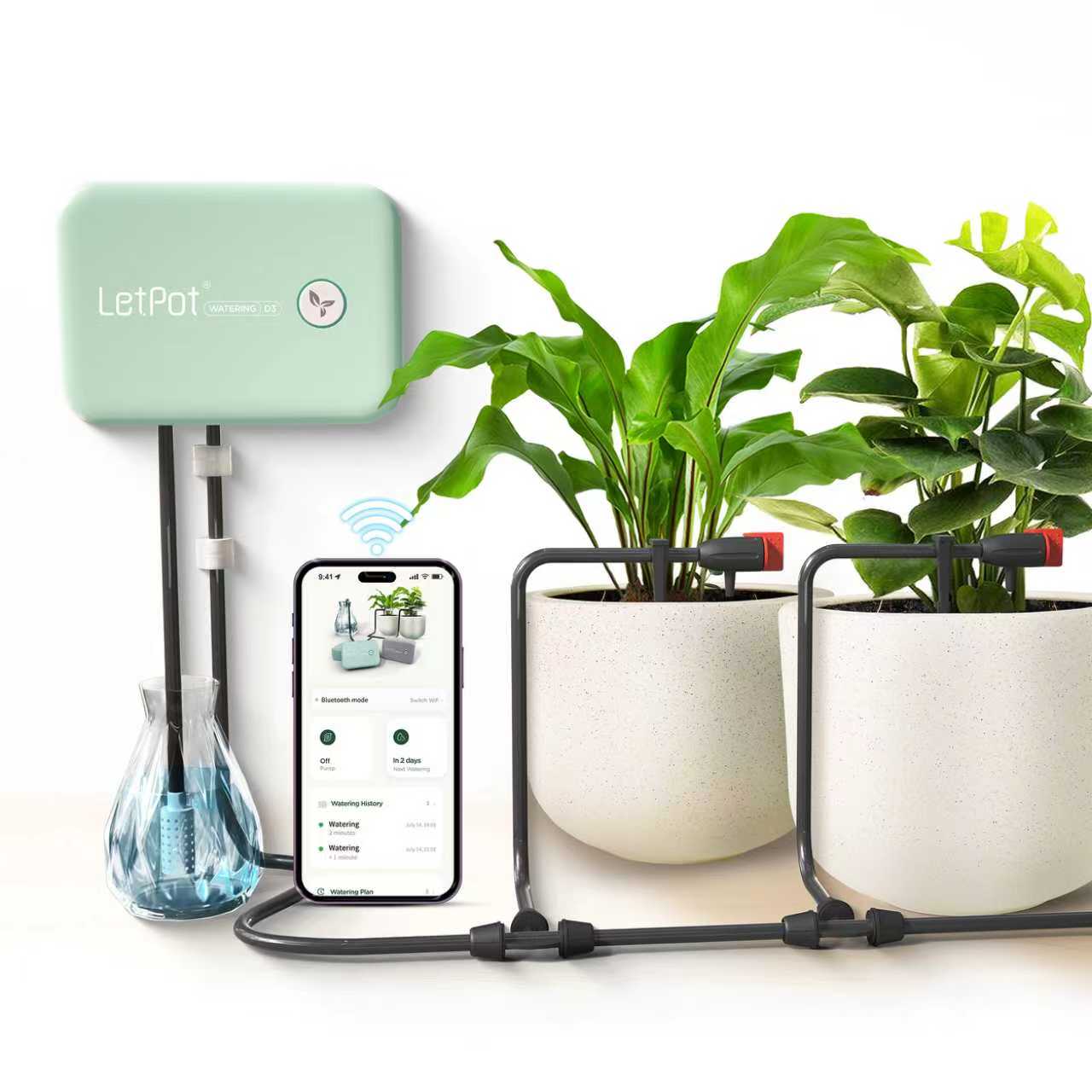
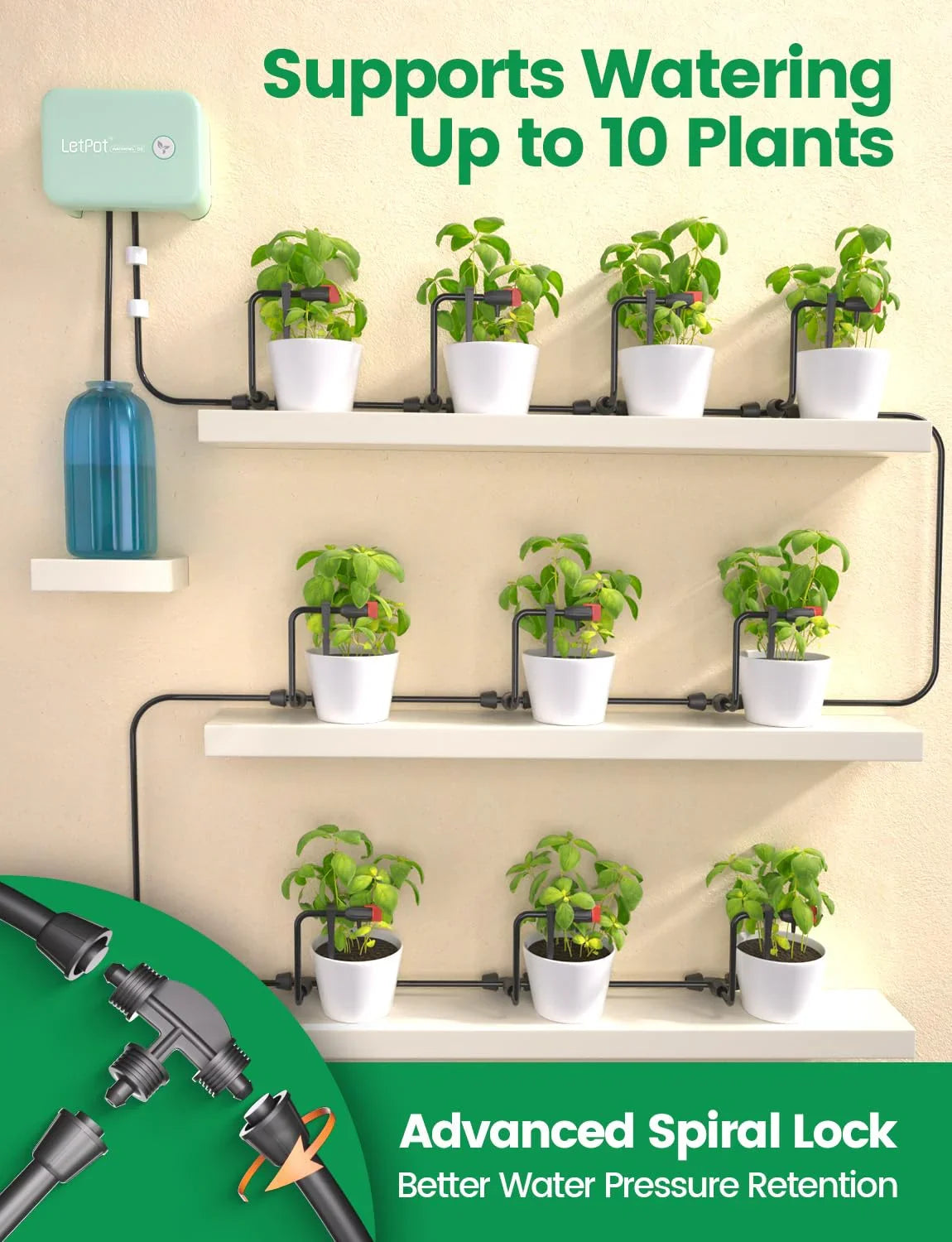
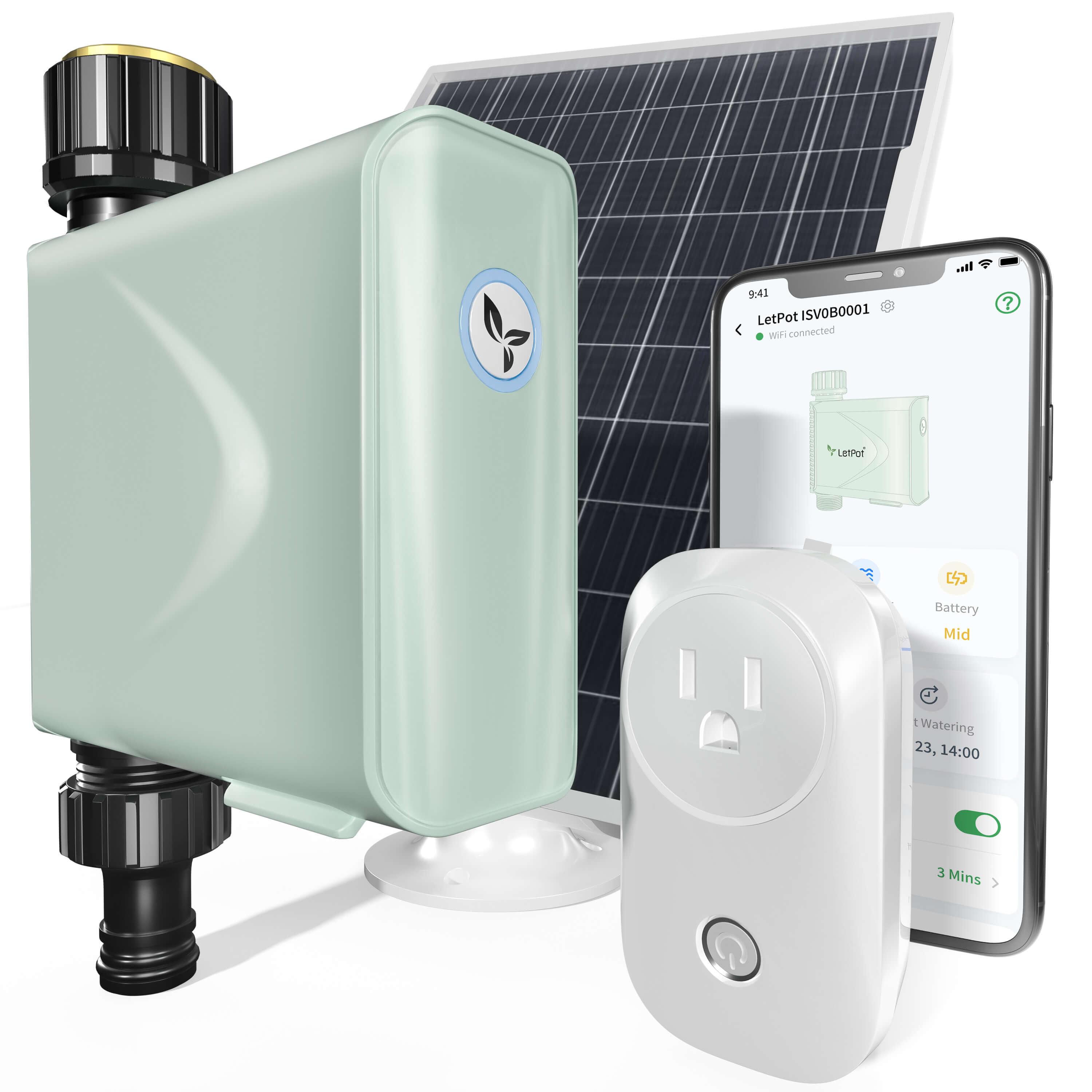
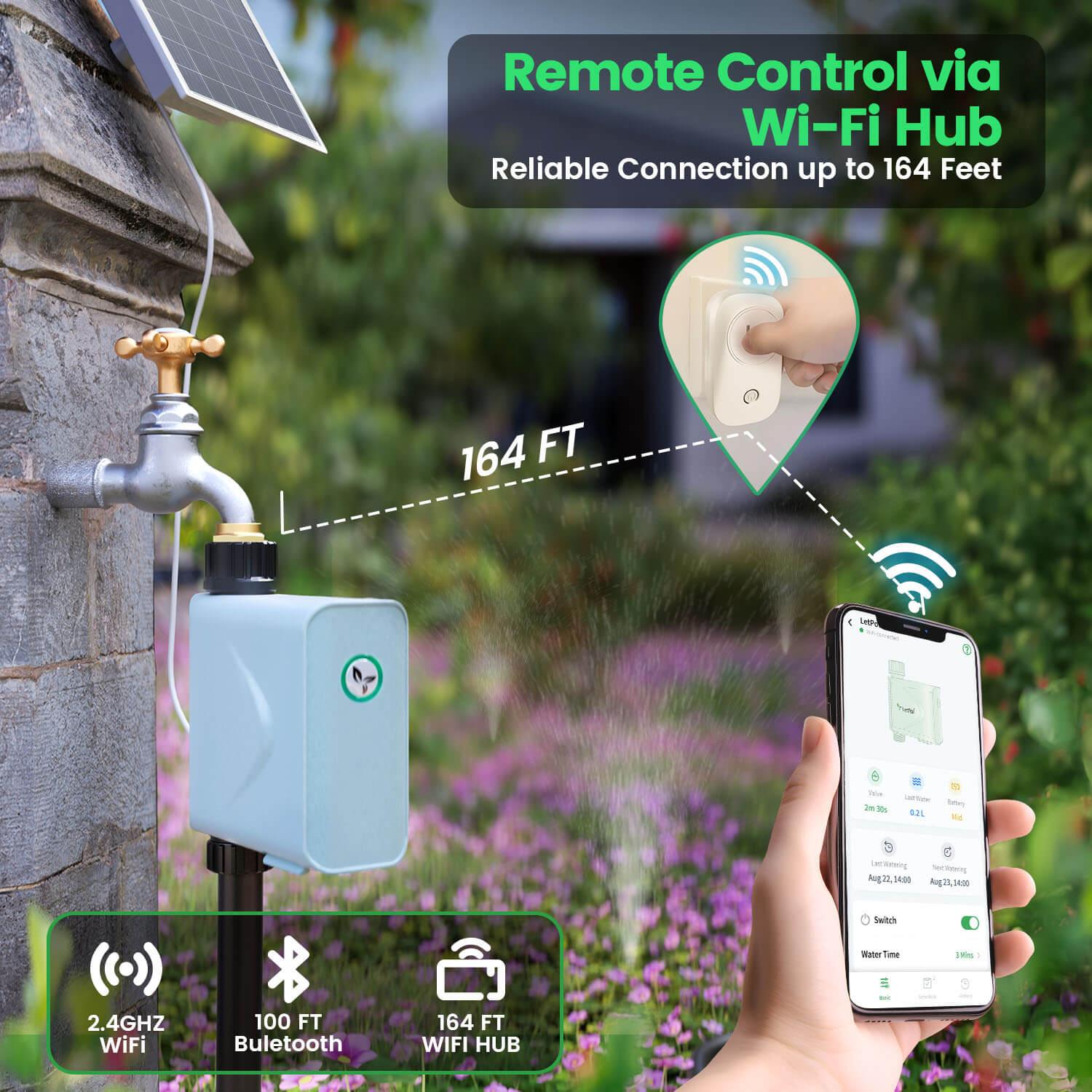

Leave a comment
All comments are moderated before being published.
This site is protected by hCaptcha and the hCaptcha Privacy Policy and Terms of Service apply.